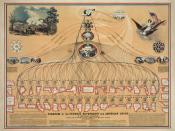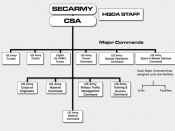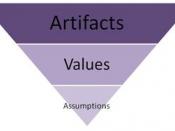Chapters Twenty-Seven and Twenty-Nine of the fifth edition of the ASHE reader on Organization and Governance in Higher Education by Christopher Brown, examines the functioning and administrative practices of colleges and universities, as well as, distinguishes between organizational and administrative theory of postsecondary education. Both chapters provide a number of strategic approaches for administrators who are seeking guidance on issues facing higher education in relation to leadership and governance. This journal reflection will compare and contrast these chapters, as well discuss the impact of organizational culture and governance at Northern Virginia Community College (NOVA).
Weick refers to sensemaking as "making sense of uncertainties in environments through interaction" (Weick, 1995, p .4). He applies this theory to demonstrate how members of organizations make choices (or are forced to make choices) when uncertainty arises. Weick (1995) argues that sensemaking examines the critical issues of organizational behavior, including the meanings that are constructed with/within organizations.
In Chapter Twenty-Seven, "Sensemaking During Strategic Change in Academia," Dennis A. Gioia and James B. Thomas examine how senior-level administrators make sense of critical issues that effect the internal academic environment when managing strategic organizational change. The authors cite a number of internal forces within the organization to the sensemaking process. Moreover, they emphasize the importance of identity and image as key variables for sense-making when addressing issues affecting the academic environment, as well as how group members perceive the organization.
First, Gioia and Thomas (1996/2000) provide a very detailed approach of strategic sensemaking from a two-phased research study combining a mixed method of both qualitative and quantitative data analysis using 611 executives from 372 postsecondary institutions from across the United States. Gioia and Thomas clearly interpret their interviews of senior administrators at a large public research institution that are in the process of a strategic change. The...


